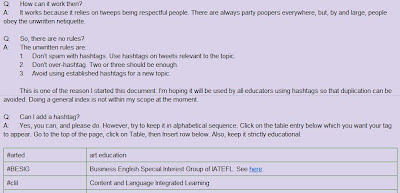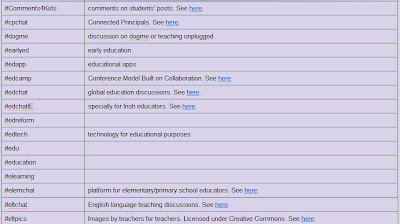These helpful hints are brought to you in partnership with the Superb Writers' Blogathon by Grammarly
grammar checker. Grammarly understands the importance of the written word.

When Grammarly first approached me and asked if I would like to contribute a short post to the blogathon, my first thought was, “Mmm… so I’m a superb writer, am I?”
I know that not to be true, of course, although I have to admit that I do spend a lot of time mulling over words and sentences. I accepted their offer, the sucker that I am for such things, and here then are some of what I consider essential ingredients of good writing.
Grammar
Primordial. I’ll include spelling and punctuation under this section, too. Bad grammar makes reading difficult, worse, if your readership is likely to include teachers! A grammar checker, such as Grammarly, can help you sometimes, but you must know your stuff first, to be able to decide if the corrections are right or wrong. I’ve seen typical bad errors such as you’re-your and their-there-they’re even in professional writers’ blogs, and that’s just so embarrassing. These errors are common because the signal connecting the fingers to the brain sometimes fails, which is why it is imperative to proofread over and over again - see below.
Contentious issues such as split infinitives, or beginning sentences with a conjunction, are fine, in my opinion; if you know what you’re doing, they may mark your style and they are not necessarily wrong. But where mistakes are glaringly obvious or when they affect meaning, then they are definitely a no-no.
If you know that you make the same errors over and over again, it’s useful to compile a list of such errors so you can check your drafts against it. Here are some common ones:
- subject/verb agreement
- incomplete sentences (fragments can be all right, but you’ll have to be sure)
- prepositions
- tenses - be consistent
- collocations (a good collocation dictionary is useful)
Vocabulary
It helps to have an extensive vocabulary. By this, I don’t mean you need to know “big” words which will send most of your readers diving into their dictionaries, but rather so that you don’t use the same words repeatedly. In any case, in these days of free online dictionaries and thesauri, it takes only a matter of seconds to look for alternatives. Having said that, there are times when words are repeated to create impact, especially in speeches. A good writer knows when to employ this technique.
Who’s your audience?
Knowing who your audience is important because it will (or should) affect how you write. Should you be writing in a formal or informal register? Longer or shorter sentences? Are you too technical or are you too condescending? Do you use too much jargon? Do you know what they are expecting to read? Is the language level appropriate? Will they find it interesting?
Style
“Style is a simple way of saying complicated things” - Jean Cocteau
Bear in mind the pace in which we live. Most of us don’t spend much time on detailed reading, especially on the web. We mainly skim through lots of material until we find something that catches our eye, something that is of interest to us. So, be clear and concise. Are you saying something to the point or are you being excessively long-winded? Is your use of language and content correct? Is it easy to understand?
Organization
Is your material well organized? Is there variety in sentence and paragraph lengths? Does it flow smoothly? Have you made good use of strategic linkers?
Proofs
Proofread your output over and over again. Sleep on it. Read it again the next day. Read it aloud. I do this all the time because often when we read silently we miss certain things as the eyes seem to register what the mind wants to. Reading it aloud has always thrown up weaknesses I’d failed to spot while doing it silently. This is especially true with repetition.
Though by no means a comprehensive list, nor are these innovative ideas, I nevertheless hope that they will put you on the right path towards superb writing!

















+Badge.jpg)






